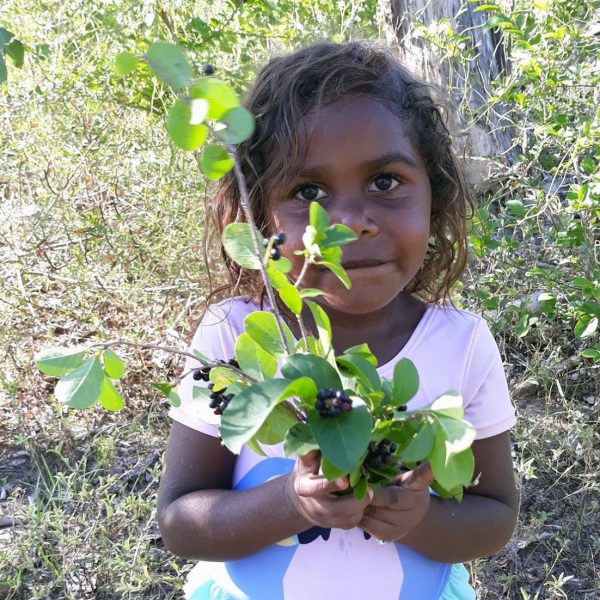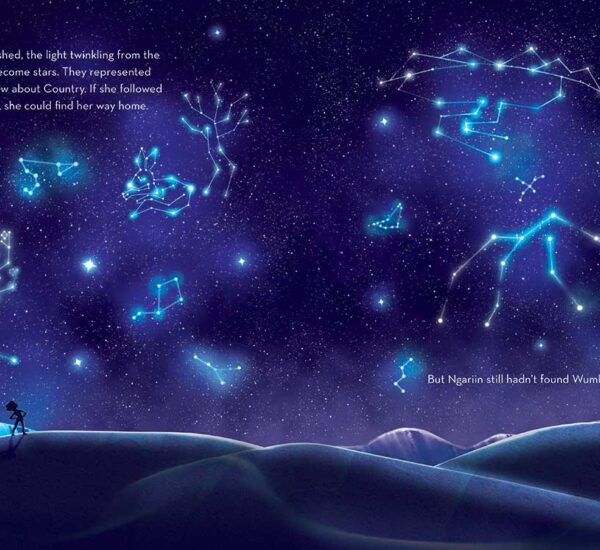Storytelling as a living practice in early childhood

Storytelling as a living practice in early childhood
In early learning setting, stories are already everywhere on children’s lips, in their drawings, in the way they build towers or dig trenches in the sandpit.
Storytelling is not just a teaching tool, it’s a way children make sense of the world, connect with others, and express who they are becoming.
For educators and leaders working with children, intentional storytelling opens up rich possibilities for language development, identity formation, and curriculum connection.
Under the National Quality Framework (NQF), particularly Quality Area 1: Educational Program and Practice, storytelling supports holistic development and meaningful learning experiences are based on the children’s interests, development and cultural worlds.
It is also deeply aligned to the Early Years Learning Framework (EYLF) v2.0, specifically:
- Outcome 1: Children have a strong sense of identity
- Outcome 4: Children are confident and involved learners
- Outcome 5: Children are effective communicators
Why storytelling matters
- Cognitive development: Story structures help children sequence events, build memory, and make predictions.
- Language and literacy: Listening to and telling stories fosters vocabulary, sentence structure, and phonological awareness.
- Social-emotional learning: Stories help children explore empathy, problem-solving, and emotional regulation.
- Identity and belonging: Sharing stories from diverse backgrounds affirms children’s cultural identity and introduces them to others.
(Linked to EYLF Outcomes 1 and 5)
Storytelling in infants and toddlers (0–2 years)
At this age, storytelling is deeply sensory and relational. Infants connect to rhythm, tone, and facial expression more than content.
Ideas include:
- Nursery rhymes and repetition: The familiar predictability is calming and helps language ‘stick’.
- Personal storytelling: “You woke up so happy this morning! We had breakfast and then came to kindy.
- Gesture-based stories: Using puppets, hand movements, or simple AUSLAN signs can make stories more meaningful and inclusive.
- Sensory story baskets: Fill a basket with soft toys or objects from a simple tale (e.g., Dear Zoo) for tactile exploration alongside the narrative.
Storytelling in preschoolers (3–5 years)
Older children are ready to co-construct stories, explore different roles, and use language more creatively. At this stage, storytelling becomes a powerful vehicle for agency and imagination.
Ideas include:
- Story Stones: Painted stones with characters, settings, and objects that children can use to invent their own stories.
- ‘Helicopter Stories’ (Inspired by Vivian Gussin Paley): Children dictate their story to an educator, then act it out with peers, a joyful, confidence boosting approach.
- Loose parts narratives: Use open-ended materials to build story worlds and solve plot twists together.
- Culture rich storytelling: Invite Elders or community members to share Dreaming stories or family tales, aligning with Child Safe Standards and inclusion principles.
Embedding storytelling in the curriculum
Storytelling is not a separate activity, it can be embedded across all curriculum areas:
- STEM: Invent stories about problem-solving characters (“Sam the Scientist”) or build bridges for Billy Goats Gruff.
- Wellbeing: Use social stories to teach about turn-taking, big feelings, or transitions.
- Sustainability: Tell ‘green tales’ featuring animals impacted by litter or trees that grow when children recycle.
These approaches support Outcome 4 (confidence, involvement, creativity) and Outcome 5 (communication, storytelling, multimodal literacy) of the EYLF.
For educational leaders: cultivating a story-rich culture
Leadership matters in keeping storytelling alive as a pedagogical priority.
Consider:
- Embedding storytelling in your Quality Improvement Plan (QIP)
- Providing professional development around oral language, bilingual storytelling, or cultural safety
- Encouraging educators to document the stories children tell, not just the ones educators tell them
And don’t forget the power of stories for adults too, use them in team meetings, induction, and critical reflection to connect your team to shared purpose and values.
This supports Principle 1 of the EYLF: Secure, respectful and reciprocal relationships, extended to your team culture.
In early childhood, storytelling is not just about books or puppets. It’s about building a world where children feel heard, seen, and inspired to imagine beyond what is. Whether whispered to a baby in a rocking chair or co-created by a group of preschoolers in the block corner, stories shape the learning environment and the learners within it.
After all, every child brings their own story to your service.
The question is: How will you help them tell it?
Enhance your practice with these storytelling provocations and educator supports:
Popular

Policy
Quality
Practice
Provider
Research
Workforce
ECEC services to close early for mandatory child safety training under national reforms
2025-12-01 07:10:09
by Fiona Alston

Quality
Policy
Practice
Provider
Workforce
Growth restrictions and enhanced oversight imposed on Affinity Education Group in NSW
2025-12-01 07:30:29
by Fiona Alston

Workforce
Events News
Policy
Practice
Provider
Quality
Gold Walkley Award win for childcare investigation places national spotlight on safety and accountability in ECEC
2025-12-02 07:30:34
by Fiona Alston
















